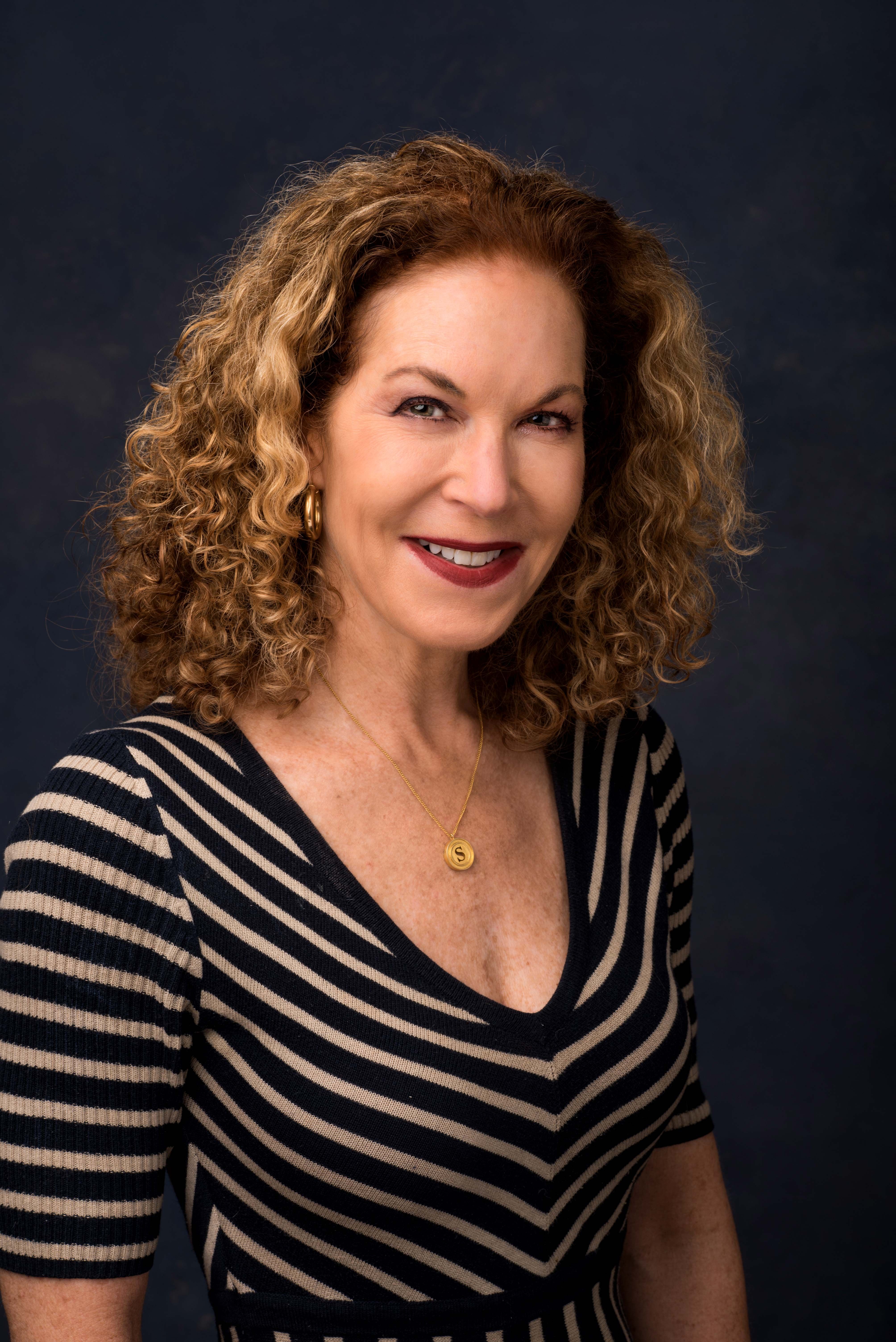- Acne
- Actinic Keratosis
- Aesthetics
- Alopecia
- Atopic Dermatitis
- Buy-and-Bill
- COVID-19
- Case-Based Roundtable
- Chronic Hand Eczema
- Chronic Spontaneous Urticaria
- Drug Watch
- Eczema
- General Dermatology
- Hidradenitis Suppurativa
- Melasma
- NP and PA
- Pediatric Dermatology
- Pigmentary Disorders
- Practice Management
- Precision Medicine and Biologics
- Prurigo Nodularis
- Psoriasis
- Psoriatic Arthritis
- Rare Disease
- Rosacea
- Skin Cancer
- Vitiligo
- Wound Care
Article
Diversity in medical aesthetics
Author(s):
The appointment of Mary Lynn Moran, M.D., F.A.C.S., as the first female president of AAFPRS suggests growth in female access to leadership roles in the medical aesthetics industry.
Dr. Moran

The American Academy of Facial Plastic and Reconstructive Surgery (AAFPRS) recently announced the installment of Mary Lynn Moran, M.D., F.A.C.S., as president for the 2019-2020 term.
Double board certified by AAFPRS and the American Board of Otolaryngology, Dr. Moran specializes in cosmetic and reconstructive surgery at her Franklin, Tenn., facial plastic surgery practice, and is a nationally renowned expert in injectable techniques.
Dr. Moran is the first female president in the academy’s 50-plus year history, and she says that it only makes the role that much more meaningful.
“I may not have had any female mentors early in my career, but I am certainly inspired by the younger women coming up,” she says. “Being able to represent them at the leadership level as well as the rest of my esteemed male colleagues is such an honor.”
RELATED: Advancing Women in Aesthetics
She has had a long relationship with the AAFPRS in various volunteer capacities. This includes serving on multiple committees and holding the title of senior advisor to AAFPRS’ FACE TO FACE humanitarian program, which provides, “pro bono corrective and reconstructive surgical services to children abroad with facial deformities caused by birth or trauma…, facial plastic and reconstructive surgery to survivors of domestic violence in the US… [and] medical and surgical expertise to veterans and active duty members who were injured while serving in the United States Armed Forces,” according to the AAFPRS website.
“I recall vividly the enthusiasm and passion my colleagues had for serving those in need in third-world countries as well victims of domestic violence,” says Dr. Moran. “I am proud to be part of an organization that enthusiastically offers complementary reconstruction for survivors who still bear physical reminders of the abuse they suffered in a place where they cannot hide it.”
As part of an ongoing conversation on gender inequality in plastic surgery, Dr. Moran’s new position suggests progress in the industry concerning the involvement of women in leadership.
“Entering surgery is still a daunting prospect to both women and men,” she says. “The demands on time are quite prohibitive especially in light of a woman's traditional gender role. It was implicit as I was entering surgical training that pregnancy was not an option. This has changed in the last decade or so and although pregnancy during residency and medical school is not easy, a woman is not met with the same hostility as in the past.”
According to Furnas, et al., “Between 1950 and 1959, women constituted only 0.2% of all board-certified plastic surgeons. 60 years later, that number remains low at 14%. Among current plastic surgical trainees, however, 37% are women. With this demographic shift, it is imperative to investigate the personal and professional challenges women experience as they embark on a career in plastic surgery.”1
Now in 2019, a study in the March issue of Plastic and Reconstructive Surgery reports that while the numbers of women entering plastic surgery residency is increasing, those in marginalized communities, including black and Hispanic trainees, have declined or remained stagnant.2
“Past studies have shown under-representation of black, Hispanic, and female medical school graduates training to become plastic surgeons, compared to other surgical fields,” reports Jeff Lagasse, Associate Editor, earlier this year in a Healthcare Finance article. “Black and Hispanic representation in plastic surgery training programs has not followed the same trajectory. The researchers believe this lack of progress may reflect barriers beginning as early as medical school, including an absence of mentors, lack of access to plastic surgery resources, or implicit bias.”
In the press release announcing the new president, AAFPRS Executive Vice President and CEO Steve Jurich noted that Dr. Moran “is fully committed to ensuring that the personal and professional diversity of our current and potential members, as well as our industry partners, is genuinely taken into consideration as we work to actualize the crucial mission of the AAFPRS and advance our Specialty.”
Dr. Moran says she has a plan to do just that.
“We would like to find ways to increase the numbers of underrepresented minorities and women among our membership and especially within positions of leadership and mentorship,” says Dr. Moran. “We currently do not have any minority fellowship directors and have only two female fellowship directors. We must be intentional in order to address our shortcomings with respect to diversity and inclusivity. We have fertile soil to make significant change and we have an incredibly capable group of members who can bring this change to fruition.”
References:
- Furnas HJ, Johnson DJ, Bajaj AK, Kalliainen L, Rohrich RJ. Women and Men in Plastic Surgery: How They Differ and Why It Matters. Plast Reconstr Surg. 2016;138(3):743-745.
- Parmeshwar N, Stuart ER, Reid CM, Oviedo P, Gosman AA. Diversity in Plastic Surgery: Trends in Minority Representation among Applicants and Residents. Plast Reconstr Surg. 2019;143(3):940-949.
Newsletter
Like what you’re reading? Subscribe to Dermatology Times for weekly updates on therapies, innovations, and real-world practice tips.














